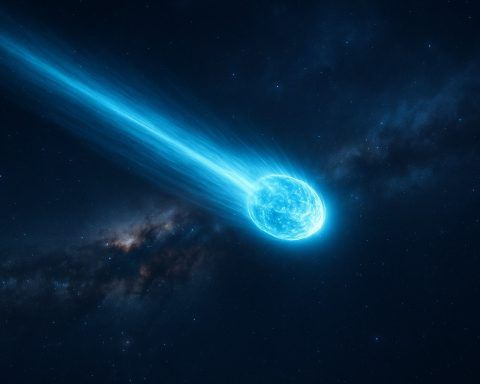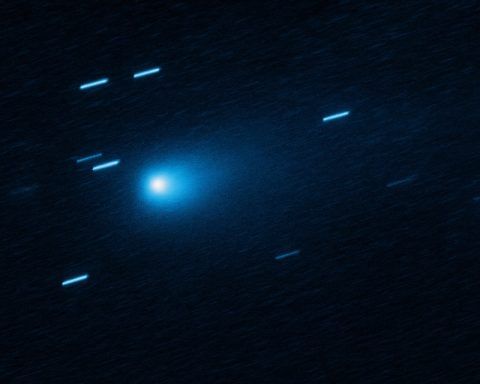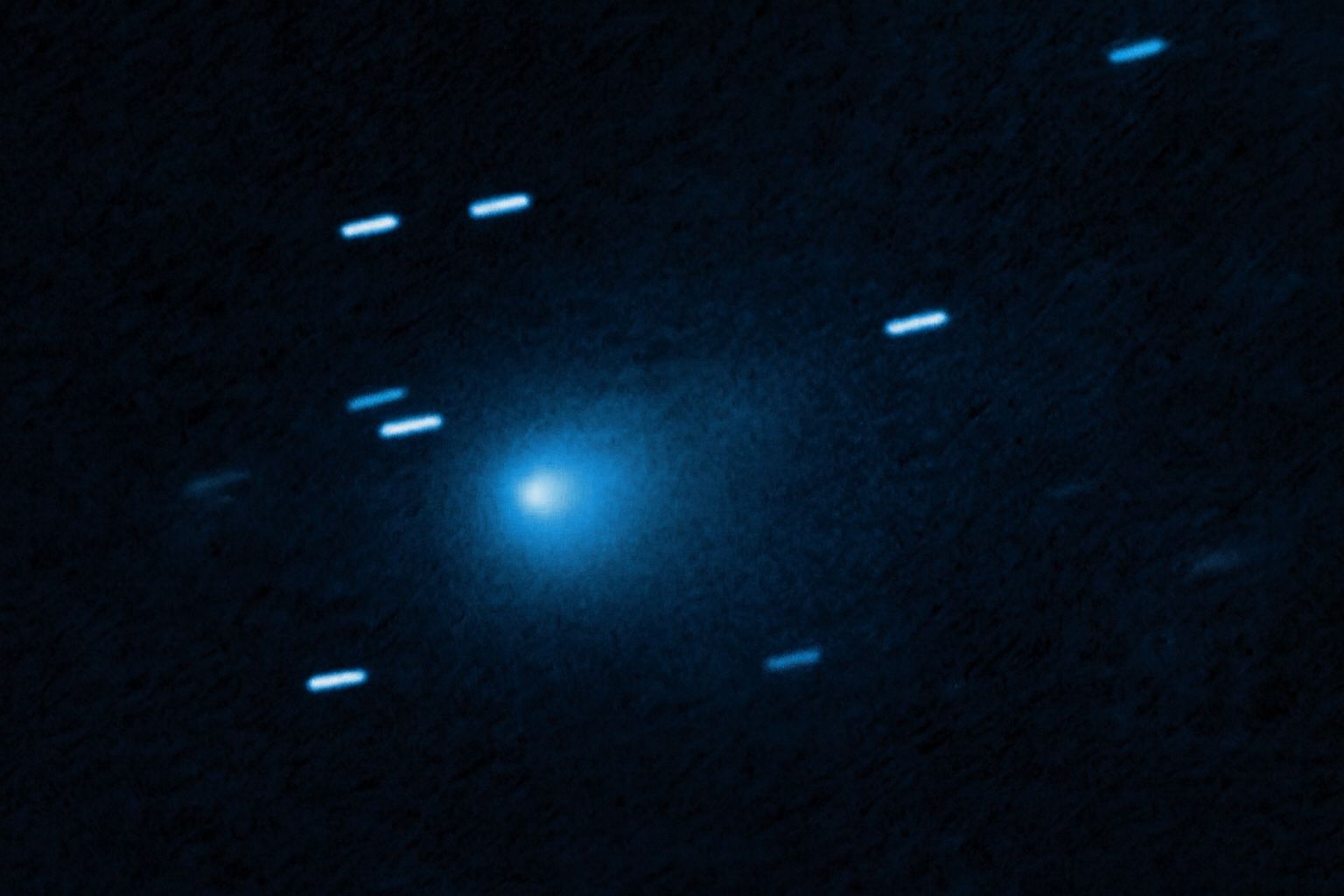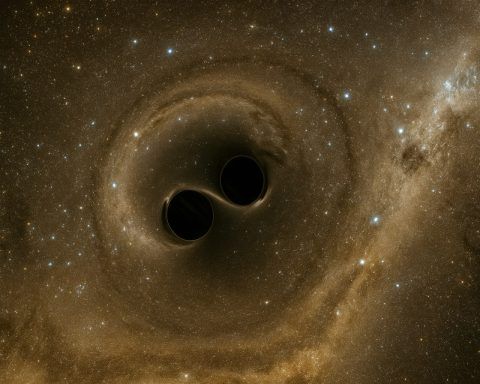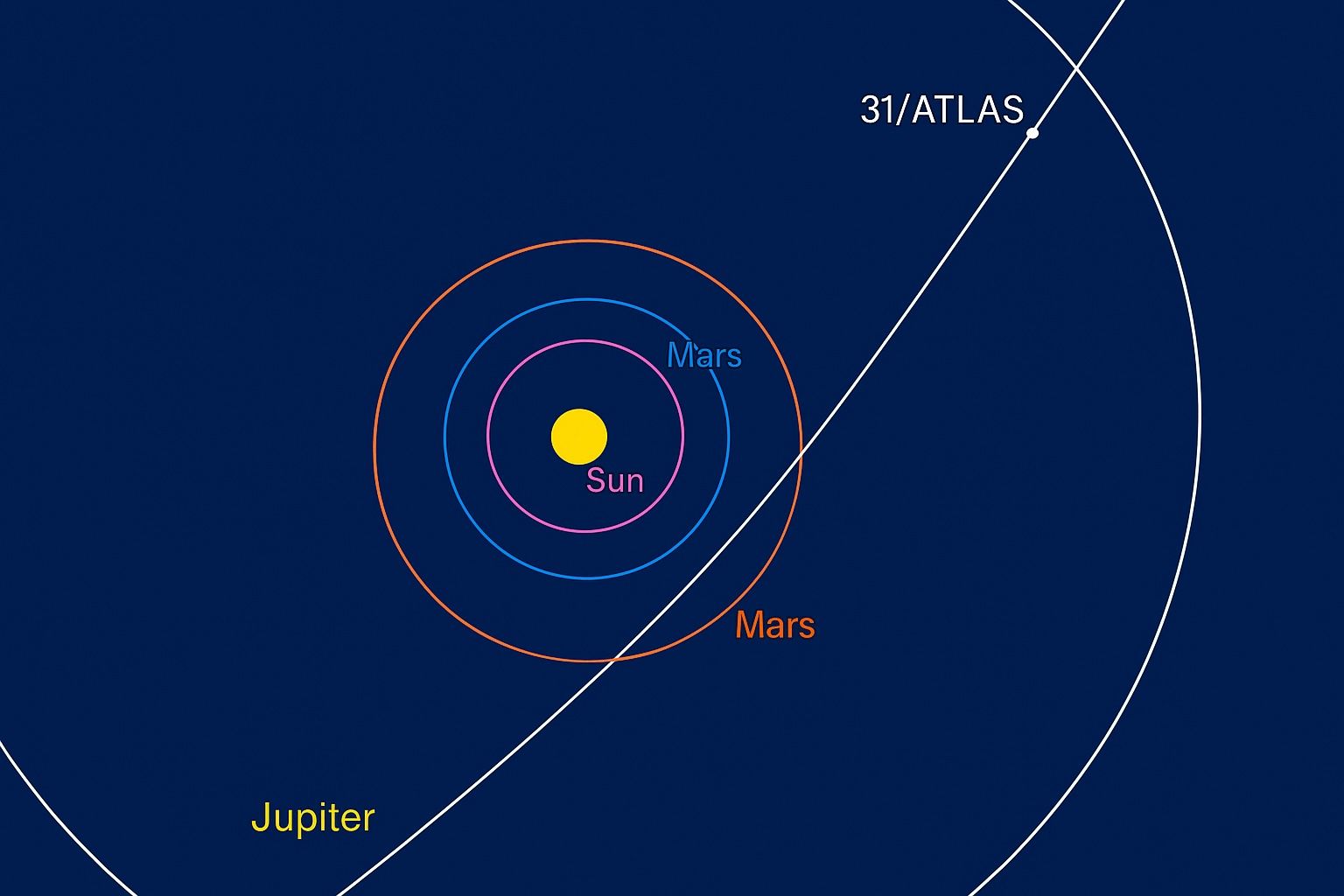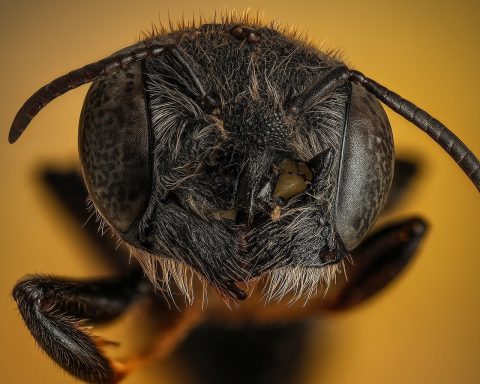
‘Lucifer’ Bee with Devil‑Like Horns Discovered in Western Australia — What We Know Today (Nov. 12, 2025)
A newly described species of native leafcutter bee sporting tiny, devil‑like facial “horns” has been unveiled by researchers in Western Australia’s Goldfields. The species, formally named Megachile (Hackeriapis) lucifer, was first collected in 2019 during a survey of pollinators around
